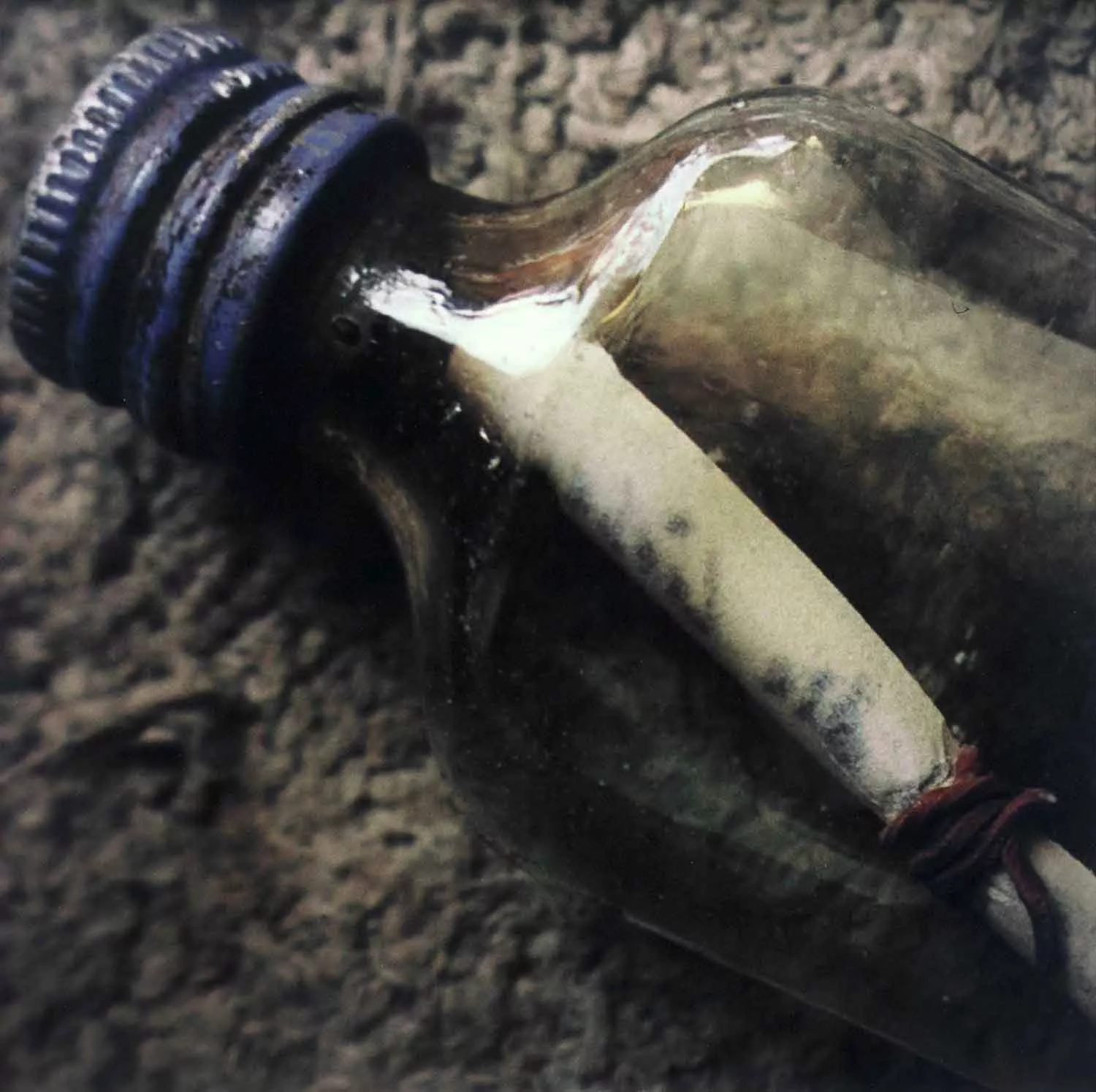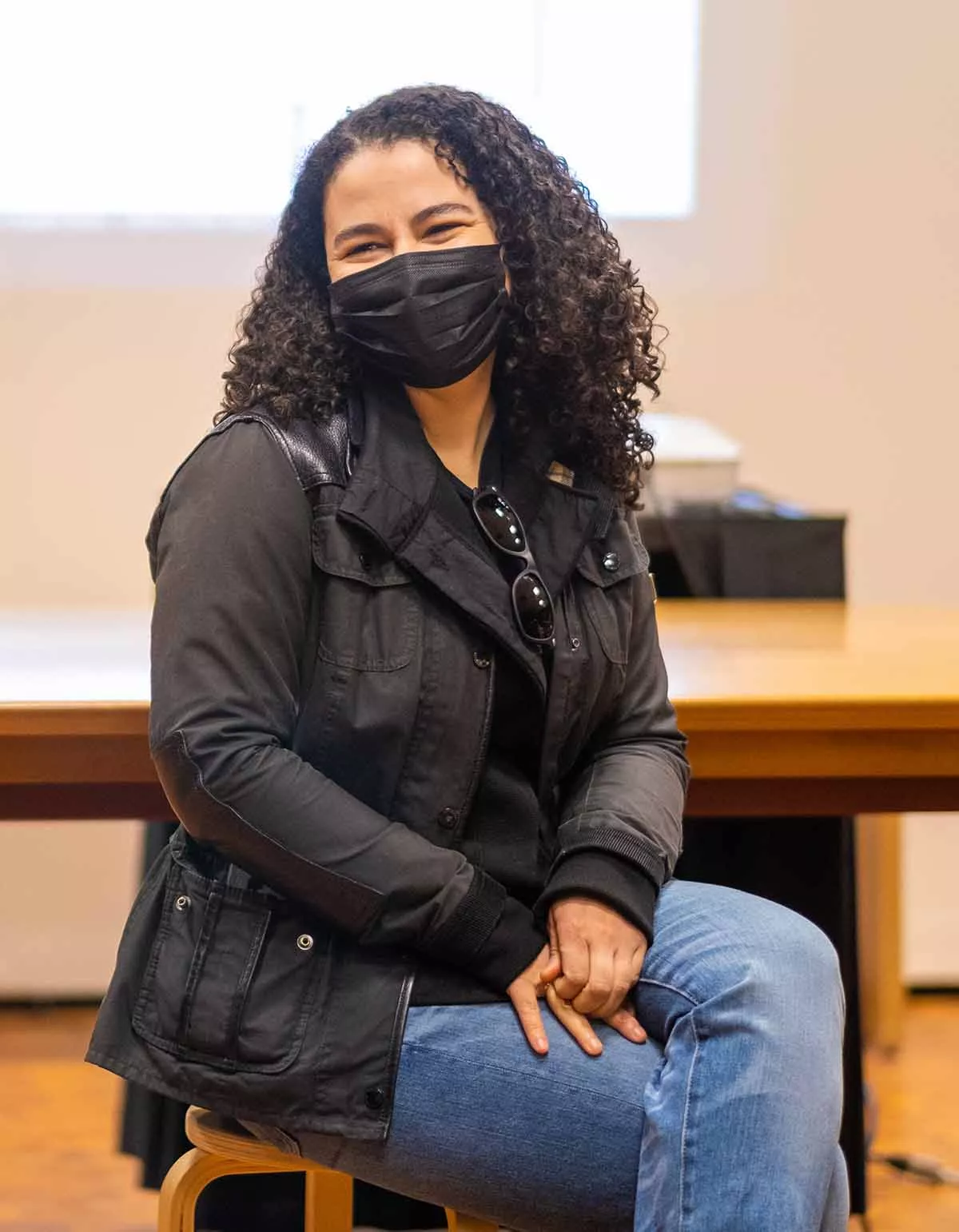Welcoming Artists to Campus
New efforts to form an interdisciplinary artist-in-residence program.
Back in 2019, the director of Bryn Mawr’s Center for Visual Culture, Matthew Feliz (HC ’97, M.A.’09, Ph.D. ’14), gave a lecture on the archival artistic practice of Ellie Ga. Ga had held an 18-month artist’s residency at the Explorers Club in New York, during which she pored over the institution’s records of early Arctic exploration to produce a lecture-performance entitled The Catalogue of the Lost. As I listened, I thought about the stories Ga could tell with and through Special Collections at Bryn Mawr. “Could we invite her here?” I wondered. “Could we host an artist residency?”
Buoyed by the enthusiasm of faculty and LITS colleagues, Feliz and I teamed up to try to pull this off, and in December 2019, Ga came to campus to meet and discuss plans for a residency and performance in April 2020. March of that year brought all hopes of gathering to a halt—and for longer than any of us could anticipate.
So, like the rest of the world, we improvised. Ga generously joined us for public-facing Zoom conversations that also functioned as artist’s research, with Ga exploring the archaeological and mineral collections at the College. In one conversation, Camilla MacKay ’91, archaeologist and LITS director of Research and Instructional Services, shared her uniquely personal connections to the women who pioneered and grew the field of archaeology at Bryn Mawr. At a teach-in about colonial histories in the mineral collection led by Selby Hearth in Geology, Monique Scott in History of Art and Museum Studies, and Special Collections staff, Ga previewed a now-realized artwork, Quarries. These conversations are archived online at brynmawr.edu/elliega.
Our relationship with Ga grew with and through her gallerist, Gabrielle Giattino—a Haverford alumna and owner of Bureau, New York—who helped us develop our collections to incorporate representative works by Ga. These were debuted at the College in an exhibition, Introducing Ellie Ga, over the 2021-22 school year.
Developing collections as part of an ongoing relationship with an artist allows us to support the practice of a working artist engaged with our institution while also marking that partnership in a lasting way. The artworks, like the online conversations, have been surrogates for Ga’s eventual presence on campus (which will come next school year) but they have also functioned to make her part of our community.
Since beginning our collaborations with Ga, she has been awarded a Guggenheim Fellowship. She still plans to come to campus to comb through Special Collections as part of her long-awaited residency later this fall. We await the stories she will tell about what she does and does not find here.
This experience with Ga made me think differently about collections development as an opportunity to build relationships on campus. A recent weeklong site visit with artist Bethany Collins introduced her to Bryn Mawr through conversations with various constituents.
Hearing about the complexities and contradictions of this place and its history, Collins is already at work on a piece that engages these in the form of a communally sung performance that will take place on campus next spring, alongside an exhibition of her work in the Rare Book Room.
Working with Collins on her upcoming exhibition and performance plans, I encountered a series of large drawings she had made based on Book 13 of The Odyssey. These drawings by a Black and biracial artist of a canonical work that survives translation and erasure seemed to me to belong at Bryn Mawr—whose collections do not yet reflect the full diversity of our community—and for longer than the term of a single exhibition. They belonged in Carpenter Library. So, I worked with constituents of that library and the Collections Committee to secure their eventual display in that space, rather than placing another new artwork in storage, where it would be invisible to students. Collins’ site visit yielded an opportunity to develop and diversify our holdings in a meaningful way and to think creatively about using existing spaces on campus as locations for new works.
Bringing artists to campus for sustained visits can provide opportunities for collections engagement and development that build relationships on campus. Scott is looking for ways to steward this more formally, with a program that includes partners not only in Special Collections and the Center for Visual Culture but also Museum Studies and Performing Arts. A pilot of this nascent program begins this fall with Scott’s invitation to South African artist Mohau Modisakeng to come to campus to introduce us to his work and visit our collections as inspiration for a future artwork.
Published on: 08/09/2022

